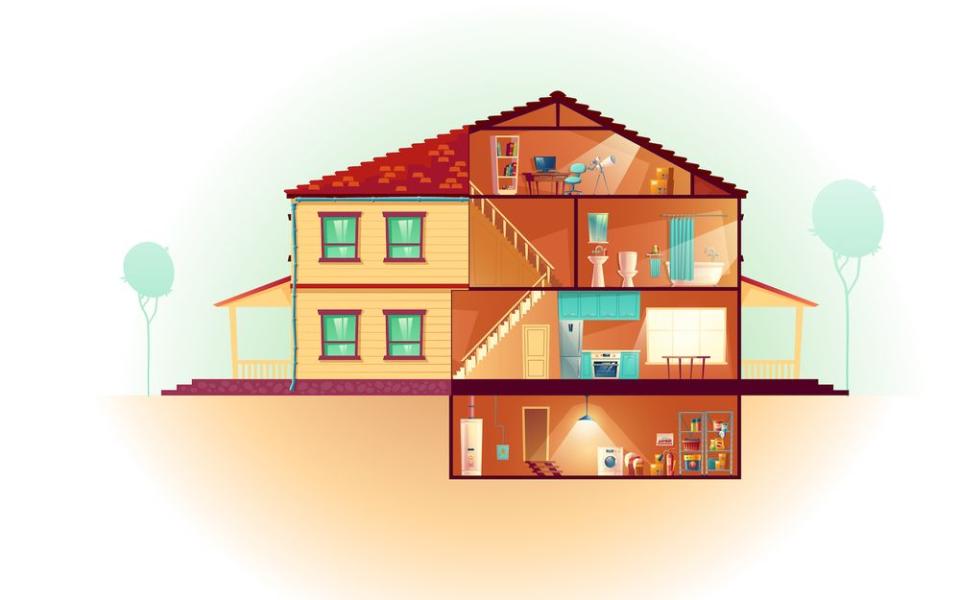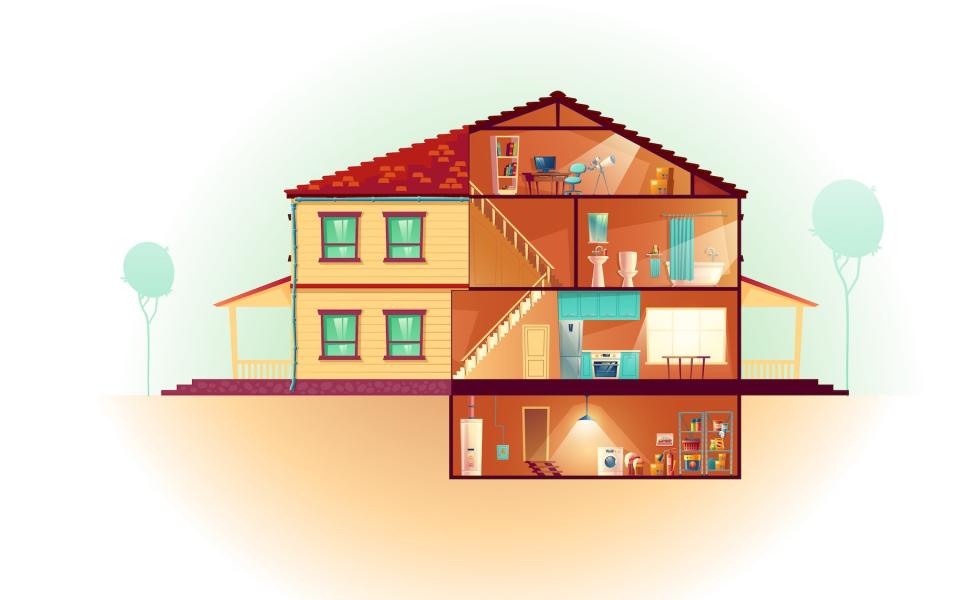The Dangers Of Radon In Family Homes

Radon gas is a ubiquitous radioactive toxin that is found at high levels in 1 out of every 15 homes in the U.S. Radon exposure symptoms can take years to manifest and it's the second leading cause of lung cancer behind cigarettes. Having radon levels checked is vital to ensure a healthy home environment for you and your family.
What is Radon Gas?
Radon is a naturally occurring elemental gas found in small quantities in the air we breathe. It is formed by the breakdown of radioactive elements deep underground and seeps through the soil that makes up the Earth's crust to escape into the atmosphere. Radon is colorless and odorless and can be found in outdoor air, soil, rocks, surface and groundwater, and in natural gas.
Safe levels of radon are in the air around us all the time. In small amounts, radon gas is harmless, but in larger quantities or after prolonged exposure, it can cause serious health problems.
The Effects of Radon
When inhaled, radon gas continues to break down resulting in minute bursts of energy. Prolonged exposure to these bursts can cause respiratory problems ranging from damaged lung tissue to cancer. According to the CDC, radon gas is the second leading cause of lung cancer behind cigarette smoking and the EPA estimates that approximately 21,000 people die each year from radon-linked lung cancer. Since the gas is undetectable by human senses, people can go years breathing it without their knowledge.
RELATED: 10 Harmful Chemicals to Avoid
Radon in Your Home
Radon in homes becomes a problem when there is inadequate ventilation. According to Alex Berezowski, owner of The Foundation Experts, "[Radon] can get into our homes by seeping through the cracks of your foundation, sump-pumps, and it can even be trapped in your well water supply, which can release the gas when it's dispensed from faucets and shower heads."
If not properly ventilated, the gas can linger in the air and build up to toxic levels. This is especially of concern in basements and lower floors of slab-built homes. As a home begins to settle, the foundation can crack, allowing the gas to enter basements and bottom stories where it may not disperse as it would in a home built on a crawlspace.
Currently, there are no federal laws requiring radon testing during the sale of a home, though many states do require sellers to disclose if radon testing has been performed in the past or if radon has been found in the home. State and local ordinances vary by municipality, so if you are buying or selling, check with your realtor to determine requirements in your area.
Radon Testing
The only way to determine if there is radon in your home is to have the air tested. There are several options available for consumers interested in testing radon levels in their homes:
In-home or DIY radon test kits are a simple choice for consumers looking to put their minds to rest about the presence of radon. Most in-home radon detectors are designed to be placed on the lowest floor of your home, usually the basement, for 2-4 days then mailed off for analysis. Experts from home safety company First Alert recommend using in-home test kits away from heating and air vents or other sources of moving air as results may be inaccurate. Kits should also be placed away from direct sunlight, heat sources, and out of the reach of young children.
Continuous monitors are also available and may provide a more complete picture of the radon levels over time. According to Vice President of healthy home-environment company, Refresh Smart Home, Don Hamm, "Radon levels can fluctuate over time and a one-time test will show you the levels at one point in time but also give you a false sense of security when in fact radon levels may become very different at another point in time." Hamm recommends the Airthings Wave, a smart radon detector that works at-a-glance with or without a smartphone to help you determine if your home has safe radon levels.
If you prefer professional testing, are buying or selling a home, or received worrisome results using a diy kit, professional radon testing services are available. Choose a contractor who is qualified to detect and remove radon from your home. Professional detection and mitigation experts will be able to help you determine the best way to reduce radon by adding ventilation to low areas of the home and beneath the foundation.
Repairing cracks and flaws in your home's foundation is also essential in reducing your risk of radon exposure. Contractors who specialize in foundation repair can help repair damage caused by settling homes or extreme weather.
For more information on radon and radon testing, visit the EPA Citizen's Guide to Radon.


